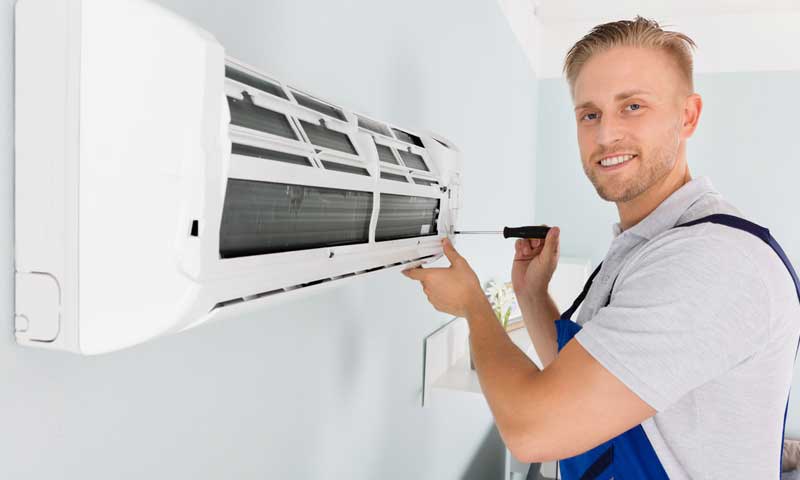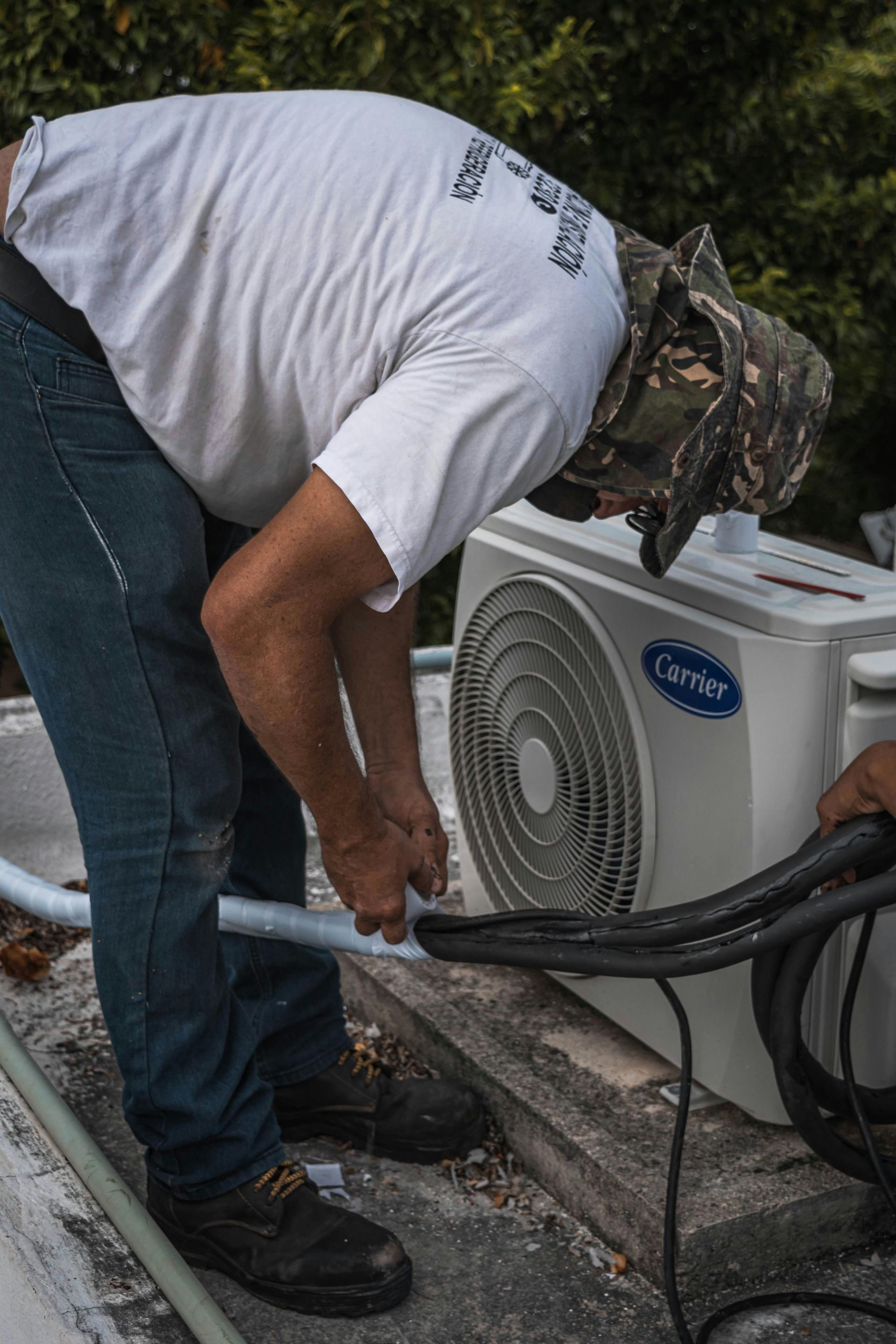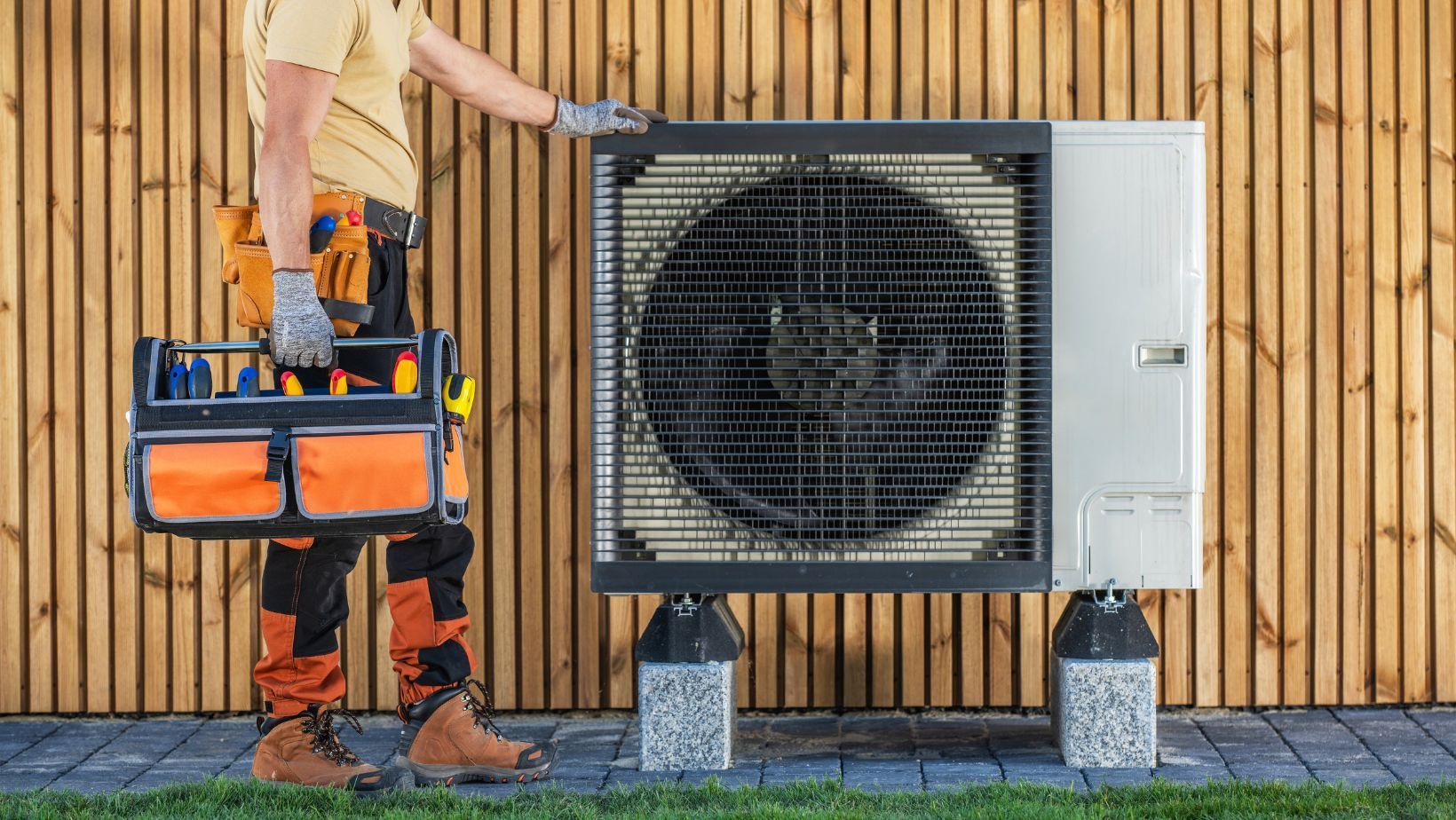Ductless Mini-Split Air-Conditioner: A Cost-Effective Solution for Your Home

With the summer months fast approaching, homeowners are preparing to beat the heat with air conditioning. However, traditional central air systems can be expensive to install and maintain, especially if your home doesn't already have ductwork in place. But fear not, as there is a cost-effective solution that can keep you cool in the summer and warm in the winter: the ductless mini-split AC. In this article, we'll explore the benefits of ductless mini-split AC and why it's an excellent choice for your home.
What Is A Ductless Mini-Split AC?
A ductless mini-split AC is an air conditioning system that doesn't require ductwork to distribute cool air. It consists of an outdoor compressor and one or more indoor air-handling units.
The outdoor unit is connected to the indoor units via a conduit that contains refrigerant tubing, a power cable, and a condensate drain. Ductless mini-split AC systems are popular in situations where it is impractical or impossible to install ductwork.
One advantage of ductless mini-split AC systems is that they allow for zoned cooling, which can lead to energy savings and increased comfort. Additionally, ductless mini-split systems are typically more efficient than traditional ducted systems because they don't experience the same level of energy loss due to leaky or poorly insulated ductwork.
They are commonly used in residential settings, such as older homes without existing ductwork or new additions to a building, as well as in commercial settings like offices or retail stores where traditional ducted systems may not be suitable or efficient.
How Does it Work?
A ductless mini split air conditioner works by utilizing a two-part system consisting of an outdoor compressor unit and an indoor air-handling unit. Unlike traditional central air conditioning systems that require ductwork to circulate air, ductless mini split air conditioners deliver air directly into individual rooms without the use of ducts.
These are the parts of a ductless mini split air conditioner and how it works:
- Outdoor Unit
The outdoor unit contains a compressor and a condenser coil. The compressor pumps refrigerant through the system, while the condenser coil releases the heat absorbed from the indoor air.
- Indoor Unit
The indoor unit contains an evaporator coil, a fan, and an air filter. The evaporator coil absorbs heat from the indoor air, and the fan blows cool air into the room. The air filter removes dust and other particles from the air.
- Refrigerant
Refrigerant is a substance that circulates between the outdoor and indoor units, absorbing and releasing heat as it goes. The refrigerant is pumped by the compressor and flows through a series of copper tubing and a line set that connects the indoor and outdoor units.
- Control
The system is controlled by a remote or a wall-mounted thermostat that allows you to set the desired temperature and fan speed.
When the air conditioner is turned on, the outdoor unit compresses the refrigerant, which then flows to the indoor unit through the line set. The indoor unit uses the refrigerant to cool the air, which is then blown into the room by the fan. The warm air is then absorbed by the evaporator coil, and the process repeats until the desired temperature is reached.
Ductless mini split air conditioners are typically more energy-efficient than traditional central air conditioning systems because they don't have the energy loss associated with ductwork. They are also easier to install and can be used to cool individual rooms or zones of your home, making them a good choice for people who want to customize their cooling needs.
Benefits of a Ductless Mini-Split AC
Cost-effective
One of the most significant benefits of a ductless mini-split AC is its cost-effectiveness. Unlike traditional central air systems, which require extensive ductwork, a ductless mini-split AC is much easier and less expensive to install. It also allows you to cool or heat specific rooms, so you don't have to pay for air conditioning you're not using.
- Energy-Efficient
Ductless mini-split ACs are also incredibly energy-efficient. With a SEER rating of up to 30, they use much less energy than central air systems, resulting in significant savings on your energy bills.
Easy To Install
As previously mentioned, a ductless mini-split AC is much easier to install than a traditional central air system. Installation typically only takes a few hours, and there's no need to install ductwork, making it an excellent option for homes that don't have ducts already in place.
Improved Air Quality
Because the indoor unit(s) of a ductless mini-split AC doesn't use ductwork, there's less chance of dust and other allergens being circulated throughout your home.
Quiet Operation
Ductless mini-split ACs are also incredibly quiet, with indoor units producing as little as 19 decibels of noise. This makes them an excellent choice for bedrooms, home offices, or any other room where quiet operation is necessary.
Conclusion
In conclusion, a ductless mini-split AC is a cost-effective and energy-efficient solution for keeping your home comfortable all year round. With its easy installation, improved air quality, and quiet operation, it's no wonder that this type of system is becoming increasingly popular among homeowners.
By opting for a ductless mini-split AC, you can enjoy significant savings on your energy bills, and have the flexibility to cool or heat specific rooms as needed. So if you're looking to beat the heat this summer without breaking the bank, consider investing in a ductless mini-split AC for your home.










